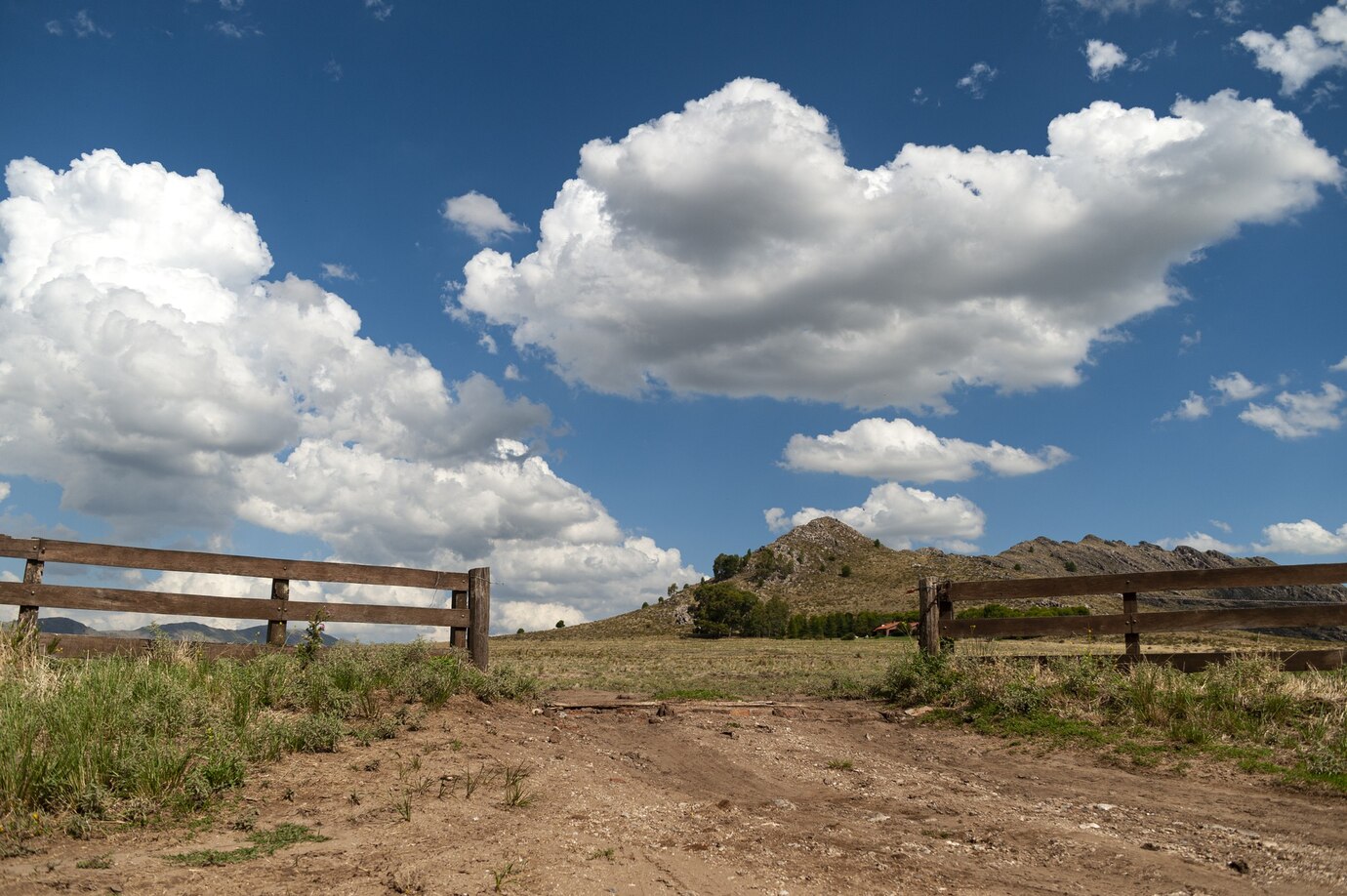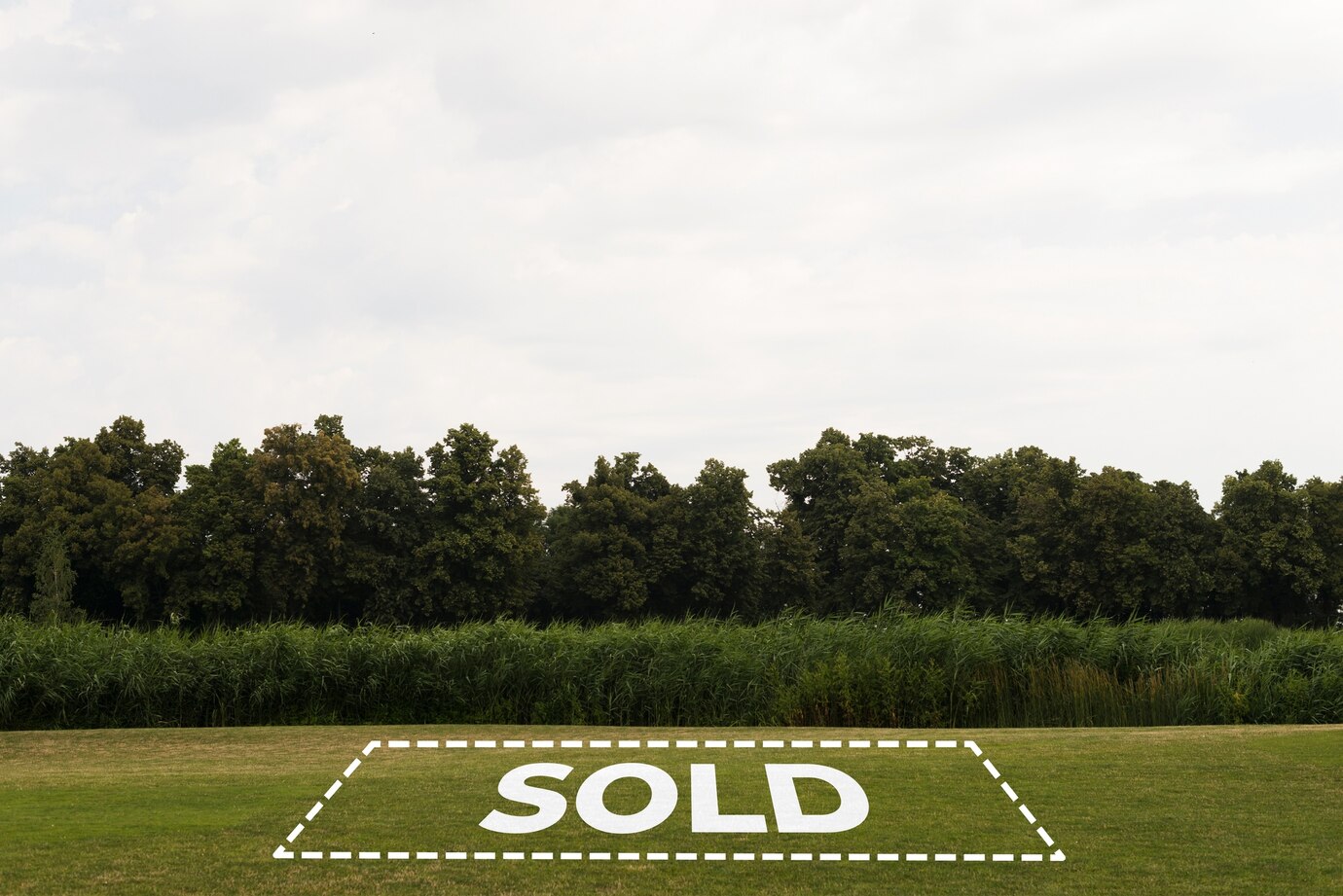As a buyer or a seller in the Texas land market, understanding the factors that influence the value of a property is crucial to making informed decisions and ensuring a successful transaction. The Lone Star State’s diverse and vast landscapes encompass various land uses, each affected by a unique set of determinants that impact their value. Texas land can serve a variety of purposes, including agricultural, recreational, residential, and commercial. Consequently, property value is influenced by factors such as location, access, soil quality, natural resources, and even market trends. In this comprehensive guide, Vacant Land Man aims to provide you with the essential insights to evaluate and maximize Texas land value accurately.
Whether you’re looking to sell land or purchase your dream property, it’s crucial to have a thorough understanding of the factors that can influence land value, helping you set an appropriate price or assess a property’s worth as part of your due diligence process.
Armed with this in-depth knowledge, you’ll be well-equipped to accurately evaluate a property’s value, set a competitive price, or negotiate favorable terms in a transaction. Our Texas land professionals are here to support you throughout this process, offering tailored guidance and market expertise to ensure a seamless experience.
Location and Accessibility
One of the most crucial factors influencing land value is the property’s location and accessibility. A well-situated property can command a higher price due to the demand for land in that specific area. When evaluating the value of Texas land, consider the following factors regarding location and access:
1. Proximity to amenities and services: Properties located close to urban centers, healthcare facilities, schools, shopping centers, and other amenities generally have higher value due to increased demand.
2. Access to major transportation routes: Land with easy access to highways, interstates, and other major transportation routes can be attractive to potential buyers seeking convenience and connectivity.
3. Neighborhood and surrounding area: The desirability and development potential of the surrounding area can affect property value. Consider the growth trends, local economy, and nearby attractions that might attract potential buyers.
4. Road access: Good access to the property, whether via paved roads, gravel roads, or easements, can positively impact land value, as properties with limited access may be less desirable to potential buyers.
Topography, Soil Quality, and Water Resources
The natural features of a property, such as its topography, soil quality, and water resources, play a vital role in determining land value. These factors can impact the property’s use and productivity, affecting the overall value. As you examine these factors, pay attention to the following aspects:
1. Elevation and slope: Land with varied elevation and gentle slopes can offer stunning views, which may enhance its value, particularly for residential or recreational purposes.
2. Drainage: Well-drained land has higher agricultural potential and minimizes the risk of flooding, while poorly drained land may not support cultivation or habitation easily.
3. Soil fertility: Soil quality is essential for agricultural or horticultural activities. Fertile soil can support higher crop yields and provide better grazing opportunities, increasing land value.
4. Water availability: Land with access to water resources, such as rivers, lakes, wells, or aquifers, generally has higher value due to the critical importance of water for various land uses, including irrigation, livestock, and residential purposes.
Land Use and Productive Capacity
The current or potential use of the land, as well as its productive capacity, can significantly impact its value. When evaluating a property, consider the following land use factors:
1. Agricultural use: Land with established crops, quality pasture, or excellent grazing potential can command higher value, as it offers a source of income and productive opportunities for buyers.
2. Recreational use: Properties with suitable terrain and habitat for hunting, fishing, and other outdoor activities may be more valuable to buyers seeking land for recreational purposes.
3. Development potential: Land with potential for residential, commercial, or industrial development can be highly valuable, particularly if it is located near urban centers or has good access to utilities and infrastructure.
4. Existing improvements: Buildings, infrastructure, and other improvements on the land may affect its value. Evaluate the condition, functionality, and attractiveness of these improvements to assess their impact on the overall land value.
Market Trends and Comparables
To accurately evaluate Texas land value, it’s essential to have a thorough understanding of prevailing market trends and comparable sales in the area. These factors play a pivotal role in determining land value, offering valuable insight into regional demand and buyer preferences. Consider the following:
1. Sales data: Analyze recent sales data of properties with similar features and in the same vicinity as the land you’re considering. This can provide a reliable benchmark for assessing market value.
2. Market trends: Keep an eye on local, regional, and statewide trends, including changes in property values, supply and demand factors, and economic indicators that could impact the land market.
3. Expert opinions: Consult with real estate professionals, appraisers, and other industry experts to gain insights into property values and market trends.
4. Property appreciation: Consider the historical appreciation rate of properties in the area, which can provide a glimpse into the potential future growth in value.
Legal and Regulatory Considerations
Various legal and regulatory factors can impact a property’s value and its potential uses. When evaluating Texas land value, consider the following:
1. Zoning and restrictions: Zoning regulations and other local ordinances determine the permissible uses of a property, which can affect its value depending on the buyer’s intended purpose.
2. Easements and encroachments: Easements granting access or utilities to neighboring properties, as well as encroachments or boundary disputes, can hinder the property’s value and create potential legal complications.
3. Property rights and mineral rights: The presence of divided property rights, such as when mineral rights have been severed from surface rights, can impact land value and the property owner’s rights to use or develop the land.
Conclusion
If you want to sell your land fast, evaluating your land’s value is a necessary step. It’s a multifaceted process that involves analyzing factors such as location, accessibility, natural features, land use, market trends, and legal considerations. By understanding these essential factors, both buyers and sellers can make informed decisions, set competitive prices, and negotiate favorable terms. At Vacant Land Man, our Texas land professionals are committed to supporting you throughout this process, providing expert guidance and tailored solutions for your unique needs. Connect with our Texas land experts today for personalized support in evaluating land value!




